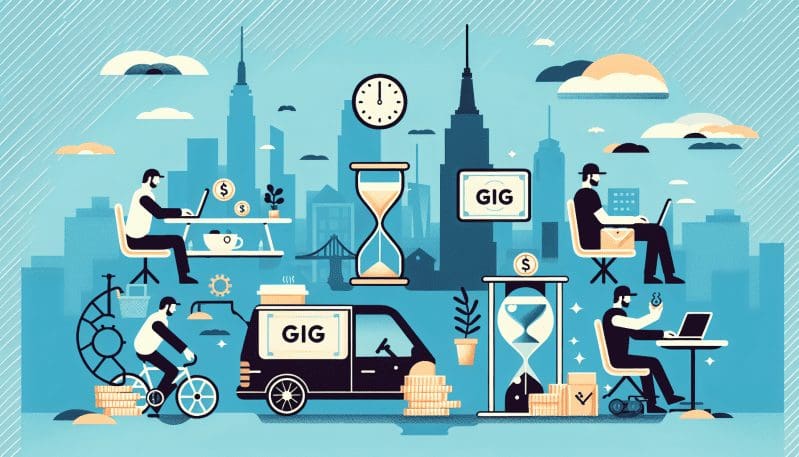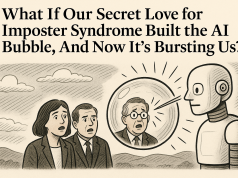As the sun rises over the iconic skyline of New York City, an unconventional workforce stirs. Thousands of individuals, laptops in tow, head to coworking spaces, coffee shops, and impromptu office setups in apartments across the five boroughs. They are the faces of the gig economy—a burgeoning sector that doesn’t punch the traditional 9-to-5 clock. But does this labor phenomenon herald a sustainable model for the workforce, or does it portend a future fraught with uncertainty?
The gig economy in NYC mirrors the diversity of the city itself. It encompasses a broad spectrum of industries, from tech to creative services, and includes freelancers, independent contractors, and part-time workers participating in platform-based businesses like Uber or TaskRabbit. For many New Yorkers, this new way of working offers an attractive proposition: increased autonomy, flexible schedules, and the freedom to choose projects that align with personal interests and skills.
However, beneath the shine of entrepreneurial spirit, the gig economy’s glitter may be losing its luster for some. The New York Times readership—educated, middle to upper-middle-class individuals, often juggling work and family life—finds both promise and peril in this new labor landscape.
On the bright side, New Yorkers have embraced the gig economy’s flexibility, which often allows for better work-life balance. Take Sarah, a graphic designer living in Brooklyn, who left her full-time agency job to freelance. She now enjoys the flexibility to work around her family’s schedule, attend school functions for her kids, and pick up projects that she’s passionate about.
Conversely, the pitfalls are readily apparent. Lack of job security, unpredictable income, and absence of employer-provided benefits are significant concerns. I spoke with James, a software developer who turned to freelance work after being laid off from a major tech company. While he values the freedom to choose his projects, the lack of a steady paycheck and the daunting costs of independent health insurance in NYC are stressors that he can’t ignore.
The shadow of precariousness looms even larger for those in less stable gig roles, such as delivery drivers or ride-share operators. Maria, a ride-share driver from Queens, shared that while she appreciates being her own boss, the absence of traditional workplace protections, such as paid sick leave, leaves her feeling vulnerable.
So, what can be done to support this vital segment of New York’s workforce? Experts suggest that policy innovations are needed to strike a balance between flexibility and security. Possible measures include establishing portable benefits that follow gig workers from job to job, implementing a minimum guaranteed income for gig workers, and creating legal frameworks that define and protect their work status.
The gig economy’s premise—a workplace without walls, where each task is a new opportunity—resonates with the energy of NYC. Yet, the city must lead in ensuring that the freedom of gig work doesn’t undercut the stability that workers and their families need to thrive.
As we look to the horizon, the gig economy in New York City presents both a challenge and an opportunity for policymakers, businesses, and workers alike. The Work Times is committed to following this story, providing a platform for gig workers to share their experiences, and offering insights into what a successful, sustainable future for all could look like. The question remains: Will NYC rise to the occasion, ensuring that the gig economy is a beacon of innovation rather than a harbinger of worker insecurity?




























